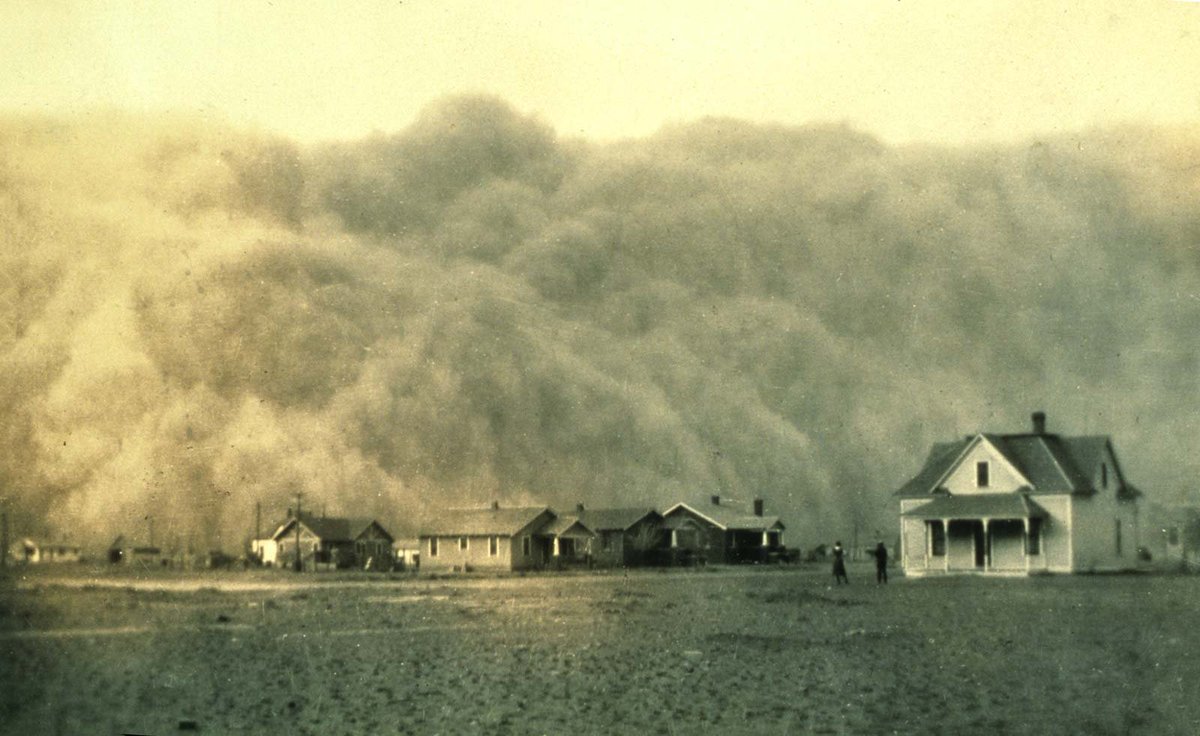
Back in the '90s, when I worked at White Wolf, we were deep in setting lore. Every year, the overall plot for all of the games in the World of Darkness marched forward. Twisted conspiracies turned, influencers shifted sides, new factions emerged.
#WorldOfDarkness
1/
#WorldOfDarkness
1/

D&D and even Shadowrun did the same: There was a story, it advanced through the books, the world changed and characters grew, died, or discovered new additions to the game.
#dnd #shadowrun
2/
#dnd #shadowrun
2/

This eventually led to a phenomenon of "setting mastery": Players deeply enmeshed in the lore of a game would use their knowledge of the world to manipulate the game to their advantage. (This was a problem in large-scale organized games where players competed.)
3/
3/

It also led to the problem that as time wore on, the knowledge required to understand the setting became impenetrable. You had to keep up with who died, who was in charge, what factions had swapped sides, what groups had fallen.
4/
4/

This in turn led to gamer fatigue and burnout. People became overloaded with minutiae, and they resented having to buy every book that came out, even if it wasn't something that they were interested in, just to keep up with the current soap opera.
5/
5/

White Wolf eventually rebooted the World of Darkness entirely with the Chronicles of Darkness games to jettison all of this lore, basically like a comic book reboot of the universe. A fresh start, a chance for new players to come in on even footing.
6/
6/

You might've noticed that in the new iteration of #dnd, there's not a lot of new story development. There's a lot of re-use of famous old stuff—the Tomb of Horrors, Saltmarsh, White Plume Mountain—but not a lot of story continuity.
7/
7/

Old material is rebuilt into a new form, but then it's left without further development. It's new stuff like #RadiantCitadel that gets to blaze new trails under new stewardship, but even that doesn't get followed-up on officially.
8/
8/

As my buddy @mattcolville says, it's digging through the remnants of earlier cultural works, just revisiting them. From a business perspective, this makes a lot of sense. Running a story in a game line ultimately causes sales to drop off over time.
9/
9/
So WotC avoids the declining sales tail by making the books one-offs about different things, often things for which people have fond memories, with the occasional new showpiece from a contracted developer. No plot to keep track of!
10/
10/
For people who are invested in those kinds of game plots, there's the DM's Guild. You really want more Ravenloft? Spelljammer? Eberron? Go to the DMG store. WotC gets a cut of the money but doesn't have to invest the costs in development.
11/
11/
Essentially, all of the support for a setting-as-game-line is offloaded to the fan community, to people who will do quality work on the cheap because they are invested in the material. They'll do it on a shoestring budget.
12/
12/
This allows continued production of material for the line without the costly overhead of WotC's internal business, and they reserve the right both to shut down anything damaging to their property, and to take control of anything that's really well received.
13/
13/
One of the challenges of this model is, eventually you run out of old stuff to revisit. WotC still has a dozen famous modules and settings that they can re-release for 5e, but what comes after that?
14/
14/
If you haven't built any player investment into your game line, you have to either start building on it, or pivot to something new. We already saw some of this with the publication of Critical Role and Acquisitions Inc. books:
15/
15/
WotC asked "What do D&D players love right now? What D&D streams do they watch, what are they cosplaying, what are they writing fic for and drawing art for?" They smartly went to the big new properties and said "we'll make you official."
16/
16/
If you're a small independent publisher of D&D products, though, this means that there is a niche for you! The idea of a story-driven series of adventures and accessories with a continuing, lore-rich plot is one that YOU can do on the DM's Guild.
17/
17/
As we've seen, people do still love that sort of thing. Folks watch Critical Role and follow the story. Folks still buy and read books about Dragonlance and Drizzt.
There's another bit of wisdom from Matt C. that applies here:
18/
There's another bit of wisdom from Matt C. that applies here:
18/
"You don't have to sell your book to a million people to be successful. You just have to sell every book you publish to like, 400 people."
Big game companies needed to keep selling 10,000+ copies to stay afloat... but if it's just you and a couple friends?
19/
Big game companies needed to keep selling 10,000+ copies to stay afloat... but if it's just you and a couple friends?
19/
Someone could make a few nickels by bringing back the story-rich, metaplot-laden publication schedule of adventures without the overhead of publishing via a large studio.
~Fin~
~Fin~
• • •
Missing some Tweet in this thread? You can try to
force a refresh

















